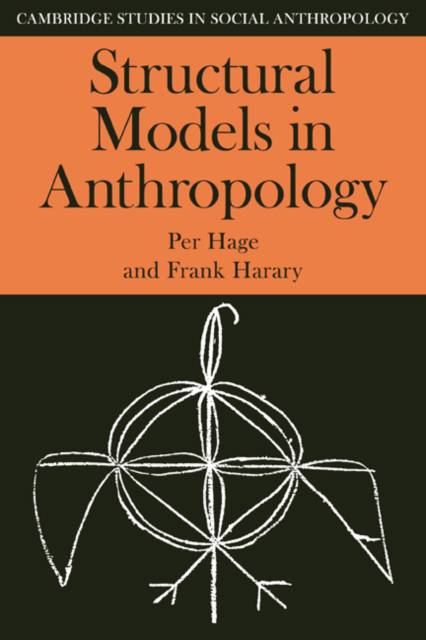
- Afhalen na 1 uur in een winkel met voorraad
- Gratis thuislevering in België vanaf € 30
- Ruim aanbod met 7 miljoen producten
- Afhalen na 1 uur in een winkel met voorraad
- Gratis thuislevering in België vanaf € 30
- Ruim aanbod met 7 miljoen producten
Zoeken
Omschrijving
Hage and Harary present a comprehensive introduction to the use of graph theory in social and cultural anthropology. Using a wide range of empirical examples, the authors illustrate how graph theory can provide a language for expressing in a more exact fashion concepts and notions that can only be imperfectly rendered verbally. They show how graphs, digraphs and networks, together with their associated matrices and duality laws, facilitate the study of such diverse topics as mediation and power in exchange systems, reachability in social networks, efficiency in cognitive schemata, logic in kinship relations, and productivity in subsistence modes. The interaction between graphs and groups provides further means for the analysis of transformations in myths and permutations in symbolic systems. The totality of these structural models aids in the collection as well as the interpretation of field data. The presentation is clear, precise and readily accessible to the nonmathematical reader. It emphasizes the implicit presence of graph theory in much of anthropological thinking.
Specificaties
Betrokkenen
- Auteur(s):
- Uitgeverij:
Inhoud
- Aantal bladzijden:
- 220
- Taal:
- Engels
- Reeks:
- Reeksnummer:
- nr. 46
Eigenschappen
- Productcode (EAN):
- 9780521273114
- Verschijningsdatum:
- 24/02/1984
- Uitvoering:
- Paperback
- Formaat:
- Trade paperback (VS)
- Afmetingen:
- 152 mm x 229 mm
- Gewicht:
- 326 g

Alleen bij Standaard Boekhandel
+ 132 punten op je klantenkaart van Standaard Boekhandel
Beoordelingen
We publiceren alleen reviews die voldoen aan de voorwaarden voor reviews. Bekijk onze voorwaarden voor reviews.











